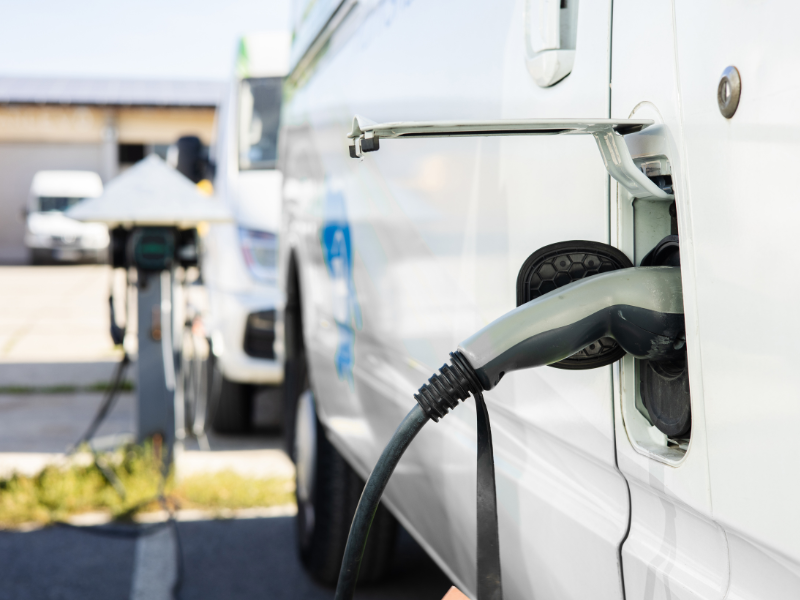Currently, a category B licence holder must undertake 5 hours of additional training before being permitted to operate alternative fuel vehicles weighing between 3,500kg and 4,250kg on public roads. This requirement does not apply to equivalent ICE vans, which fall under the 3,500kg threshold.
According to the Government, removing the training requirement will reduce the barriers to drivers making the switch to Zero Emission Vehicles (ZEVs). It was also stated that the consultation responses did not provide any evidence to demonstrate a material safety risk from allowing category B licence holders to operate slightly heavier vehicles.
